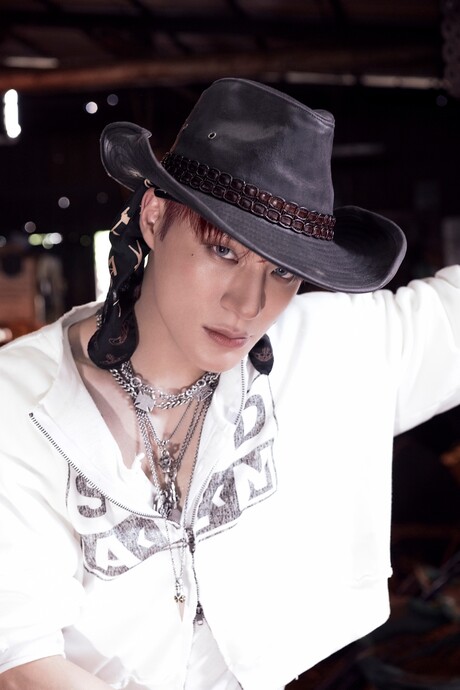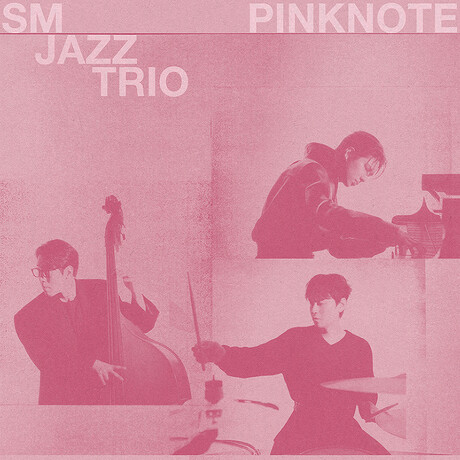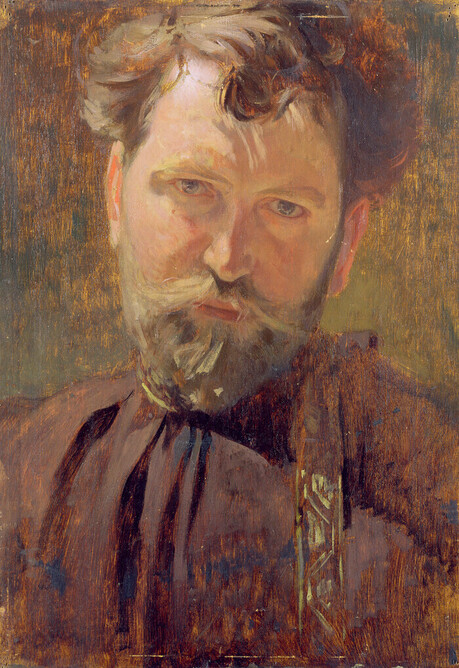Weifang, a major city in China's Shandong Province renowned as the "world capital of kites," has launched an ambitious tourism campaign in Seoul this week, hoping to attract more Korean travelers as international tourism rebounds following the pandemic. The city's culture and tourism bureau organized its first major inbound tourism promotion event in South Korea at the Ambassador Seoul Pullman Hotel on Monday, marking a significant effort to tap into the growing Korean travel market.
The promotional event drew approximately 100 participants from various sectors, including representatives from the Seoul Metropolitan Council, Seoul Tourism Association, major travel agencies, airlines, cultural organizations, and local media outlets. This strong turnout reflects the growing industry interest in emerging Chinese destinations, particularly as new visa-free policies make travel more accessible between the two countries.
Gao Qiang, director of Weifang's culture and tourism bureau, led the Chinese delegation and presented a comprehensive showcase of the city's attractions. The delegation introduced various themed travel itineraries covering cultural experiences, ecological and wellness retreats, rural homestays, and the city's signature kite and lantern traditions that have made it famous worldwide. A live indoor kite performance served as the centerpiece of the event, demonstrating Weifang's unique cultural identity to the Korean audience.
The cultural exchange aspect of the event was highlighted through a special joint concert featuring Chinese guqin master Ma Rongsong, who played the traditional string instrument, alongside Korean daegeum virtuoso Jo Cheol-hyeon, who performed on the bamboo flute. This musical collaboration symbolized the potential for deeper cultural exchange between the two countries through tourism.
Weifang has established itself as a global kite destination through its annual International Kite Festival, which has been held every April since 1984. The festival attracts enthusiasts and tourists from around the world with large-scale flight demonstrations and traditional folk performances. The city also promotes what it claims to be the world's largest kite museum, positioning the annual festival as a cornerstone of its international tourism branding strategy. These attractions have helped Weifang welcome approximately 84.9 million domestic visitors last year, cementing its status as a major tourism hub within China.
To appeal specifically to Korean travelers, city officials highlighted local culinary specialties including meat buns, chicken and duck noodle soup, and simmered offal served with flatbread. They also emphasized the availability of affordable seasonal fruits, positioning these offerings as attractive options for budget-conscious Korean tourists. Travel influencers who have recently visited Weifang praised the city's natural landscapes, affordable street food options, substantial museum offerings, and the warm hospitality of local residents.
Weifang's strategic location offers excellent accessibility for Korean tourists, according to tourism officials. The city is located just 30 minutes by high-speed rail from Qingdao, which maintains approximately 41 daily flights from Korea and can be reached in less than 90 minutes by air. Additionally, Weifang is roughly two hours from Beijing, making it an ideal destination for multi-city travel itineraries that Korean tourists often prefer.
Among the key attractions promoted to Korean visitors were the famous Taihe and Yunmen mountains, known for their scenic beauty and hiking opportunities. Officials also highlighted Qingzhou Ancient City, which offers historical and cultural experiences, and Yangjiabu Folk Culture Village, where visitors can experience traditional Chinese rural life. These destinations are particularly appealing to Korean travelers who are increasingly seeking slower-paced, more authentic travel experiences away from crowded tourist hotspots.
The promotional event concluded with the signing of several memorandums of understanding between tourism operators and cultural organizations from both countries. These agreements focus on collaborative tour product development, joint marketing initiatives, and facilitating two-way visitor flows between Korea and Weifang.
"Korea is one of Weifang's key international partners," Gao stated during the event, expressing optimism that the Seoul promotion would lead to deeper cultural and tourism exchanges between the two regions. The initiative represents part of China's broader effort to revitalize its tourism industry and attract international visitors as travel restrictions continue to ease globally.

































